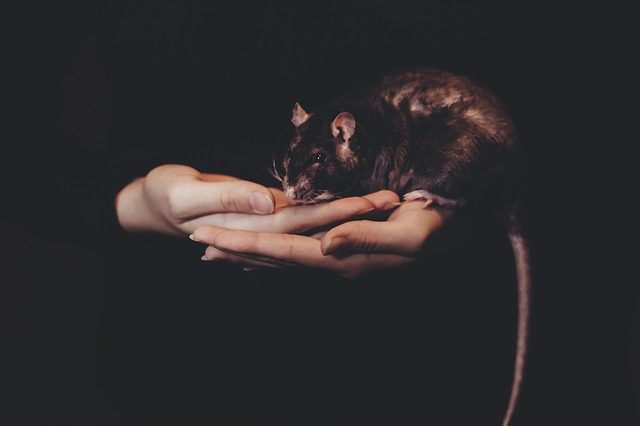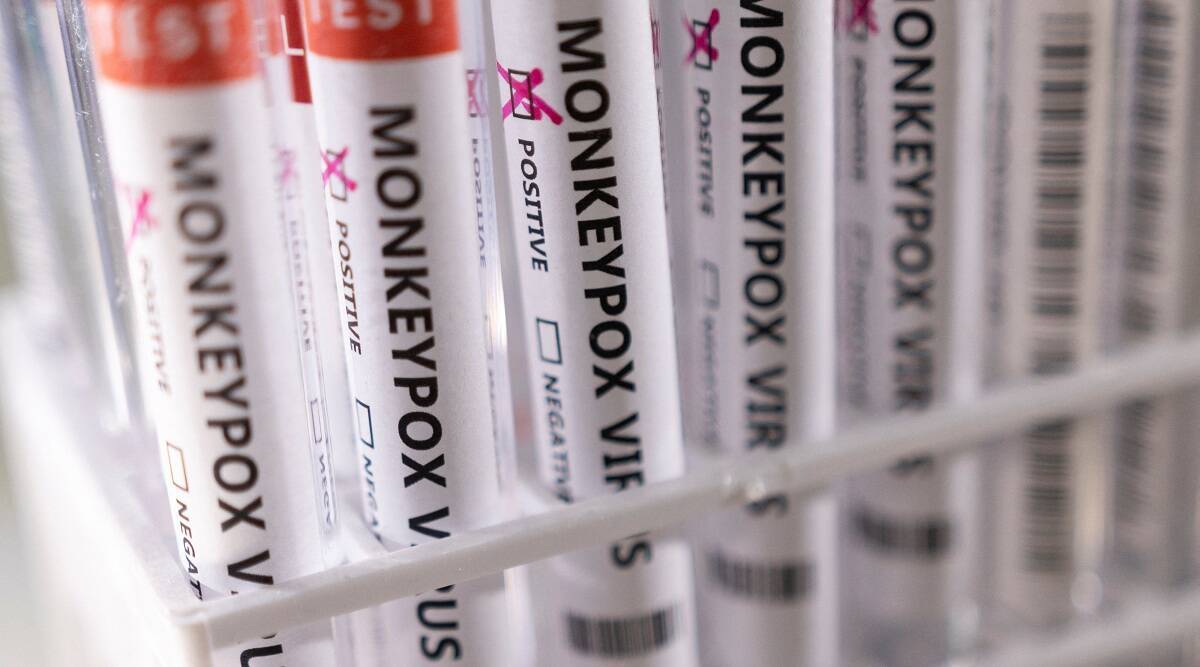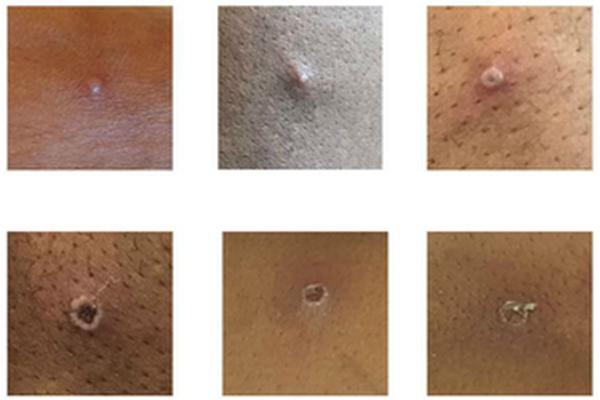
Monkeypox: Prolonged upper respiratory tract viral DNA shedding
“Notable disease features included viraemia, prolonged monkeypox virus DNA detection in upper respiratory tract swabs, reactive low mood, and one patient had a monkeypox virus PCR-positive deep tissue abscess”
“We reviewed all cases since the inception of the HCID (airborne) network between Aug 15, 2018, and Sept 10, 2021, identifying seven patients. Of the seven patients, four were men and three were women. Three acquired monkeypox in the UK: one patient was a health-care worker who acquired the virus nosocomially, and one patient who acquired the virus abroad transmitted it to an adult and child within their household cluster. Notable disease features included viraemia, prolonged monkeypox virus DNA detection in upper respiratory tract swabs, reactive low mood, and one patient had a monkeypox virus PCR-positive deep tissue abscess. Five patients spent more than 3 weeks (range 22–39 days) in isolation due to prolonged PCR positivity.
Prolonged upper respiratory tract viral DNA shedding after skin lesion resolution challenged current infection prevention and control guidance. There is an urgent need for prospective studies of antivirals for this disease.
First case of monkeypox in a school aged child was confirmed in Quebec. And no, they did not isolate the class. That’s a really high risk decision. Isolating 1 class seems like it would be a reasonable measure in order to contain this outbreak. Were the parents notified? https://t.co/3gJXFg9WGP
— Dr. Lisa Iannattone (@lisa_iannattone) May 26, 2022
They are also keeping an open mind about if/how the virus has changed in this 2022 outbreak, and whether it may have changed to be more transmissible between humans – although superspreader events still a strong suspect, could be a combination of factors https://t.co/ky7QAgWenw
— Jane Merrick (@janemerrick23) May 26, 2022
Preprint: Monkeypox genetic divergence and first signs of microevolution
Image by Okan Caliskan from Pixabay





